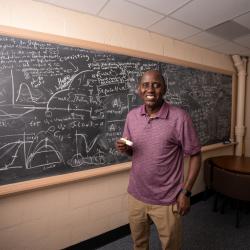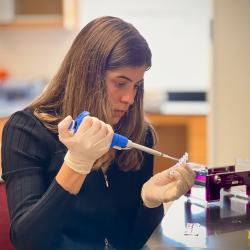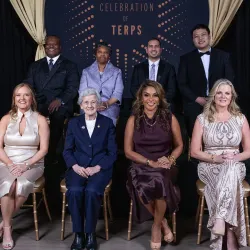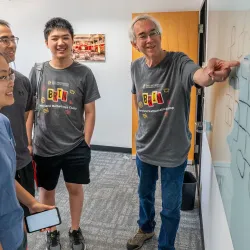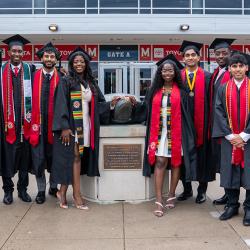An Impressive Incoming Class Act
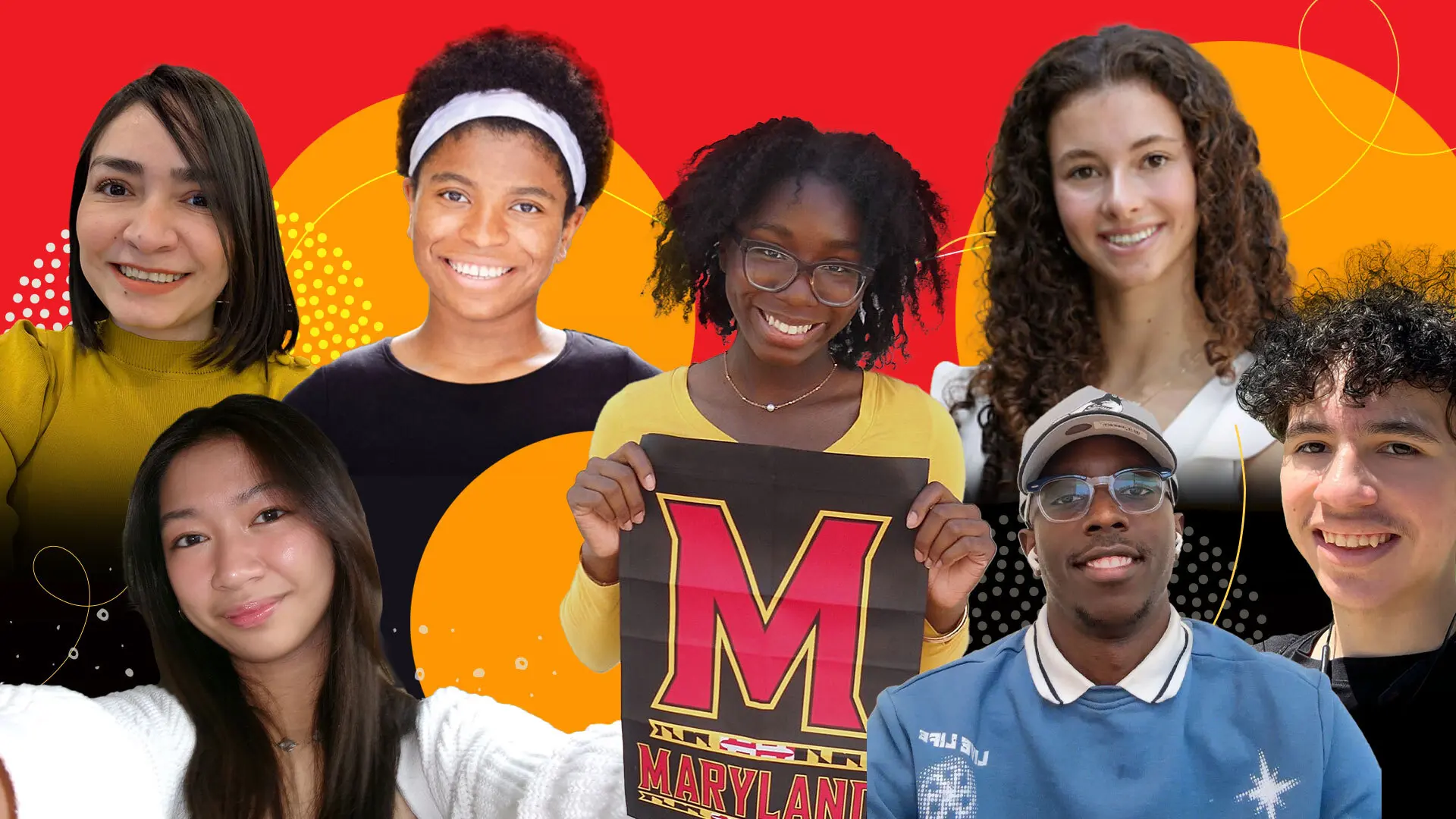
After Zaila Avant-garde correctly spelled “Murraya” to win the 2021 Scripps National Spelling Bee, the confetti had barely finished raining down on stage before the scholarship offers started pouring in.
Most came from universities in the eighth-grader’s home state of Louisiana, but not all. University of Maryland President Darryll J. Pines reached out to her on social media to offer his congratulations and a full ride to UMD. “We hope you’ll bring your ‘Murraya’ win to Maryland!”
It worked. Swayed too by UMD’s strong biological sciences program, she’s joining an impressive class of first-year students on campus this fall. From athleticism and advocacy to prestige and perseverance, they bring a unique range of talents and passions to College Park.
Get to know two of them as they begin their time as Science Terps in the College of Computer, Mathematical, and Natural Sciences.
Zaila Avant-garde
In th
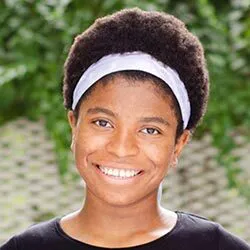
e leadup to the bee, Avant-garde estimates she was studying 13,000 words for seven hours each day, helping her master about 99% of the dictionary. So when she hoisted the trophy, becoming the first African American contestant in the competition’s nearly 100 years to do so, “it was a feeling of immense relief that after all of my work, I had the best possible outcome,” she said. But for Avant-garde, there’s more than one way to spell success. She’s also an author, writing five children’s books including “Weird and Wonderful You” and New York Times bestseller “It’s Not Bragging If It’s True,” with another in the early stages of planning. And she doesn’t just have a way with words: She holds two Guinness World Records for most basketballs dribbled simultaneously by one person (six) and most bounce juggles in one minute with four basketballs (255). The athletic feats have landed her on talk shows and commercials, including an ad with YouTube for the NBA Finals. Now, as a University Honors student studying biological sciences at UMD, she’s hoping to expand her repertoire with the juggling club.
Toni Tan

While volunteering at Sinai Hospital in Baltimore and assisting in the thrombosis research department before her junior year of high school, Toni Tan noticed a common pattern among patients. Most used the remote attached to their hospital bed to watch their favorite shows, but they often weren’t aware of what else their TVs could do: access their patient portal, track their medication, show personalized health videos and beyond. It spurred her and her fellow volunteers to start the GetWell Project, surveying patients about their awareness of the technology and showing them how to use it. “The GetWell Project was a really good way for me to understand that I’m very interested in my major, applied math, and gearing more toward that finance side,” she said. The project was just one part of a jam-packed high school slate for Tan, who also was also co-leader of the Maryland Asian Pacific Islander South Asian Conference, editor-in-chief of her high school’s magazine, a violinist and a swimmer. She’ll similarly dip her toes into a variety of Terp activities through her major, the Interdisciplinary Business Honors program and more.
By Annie Krakower



